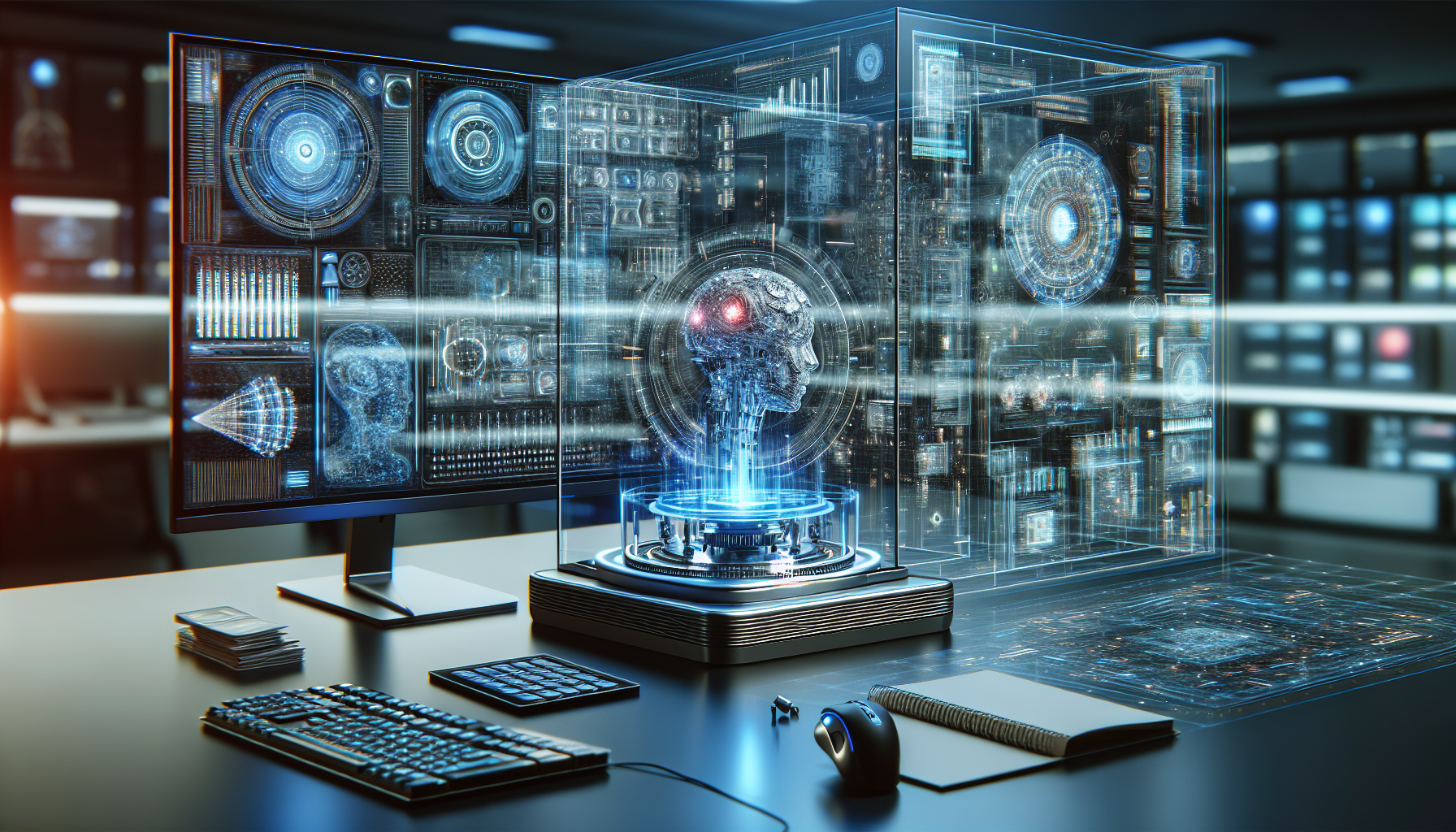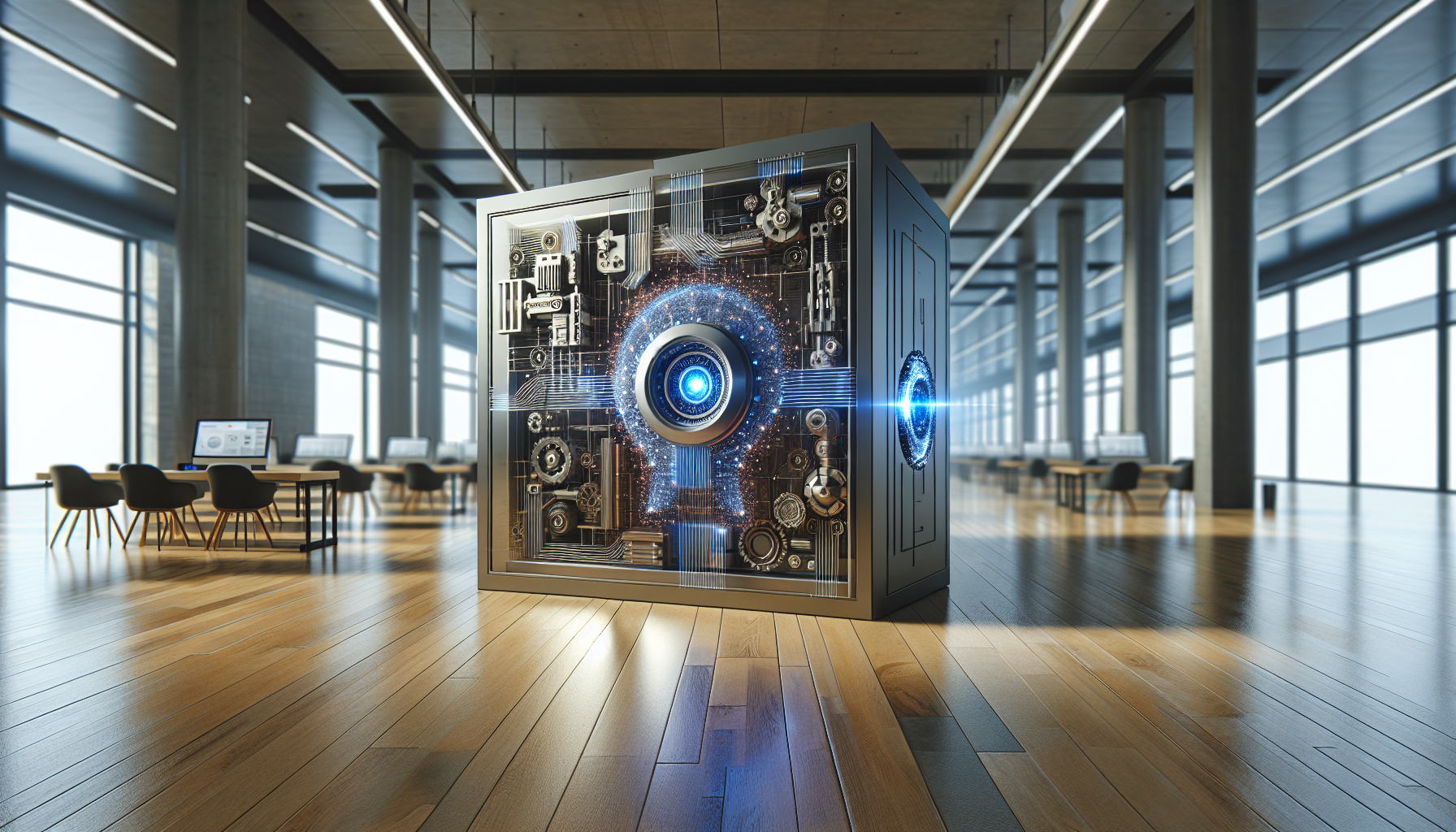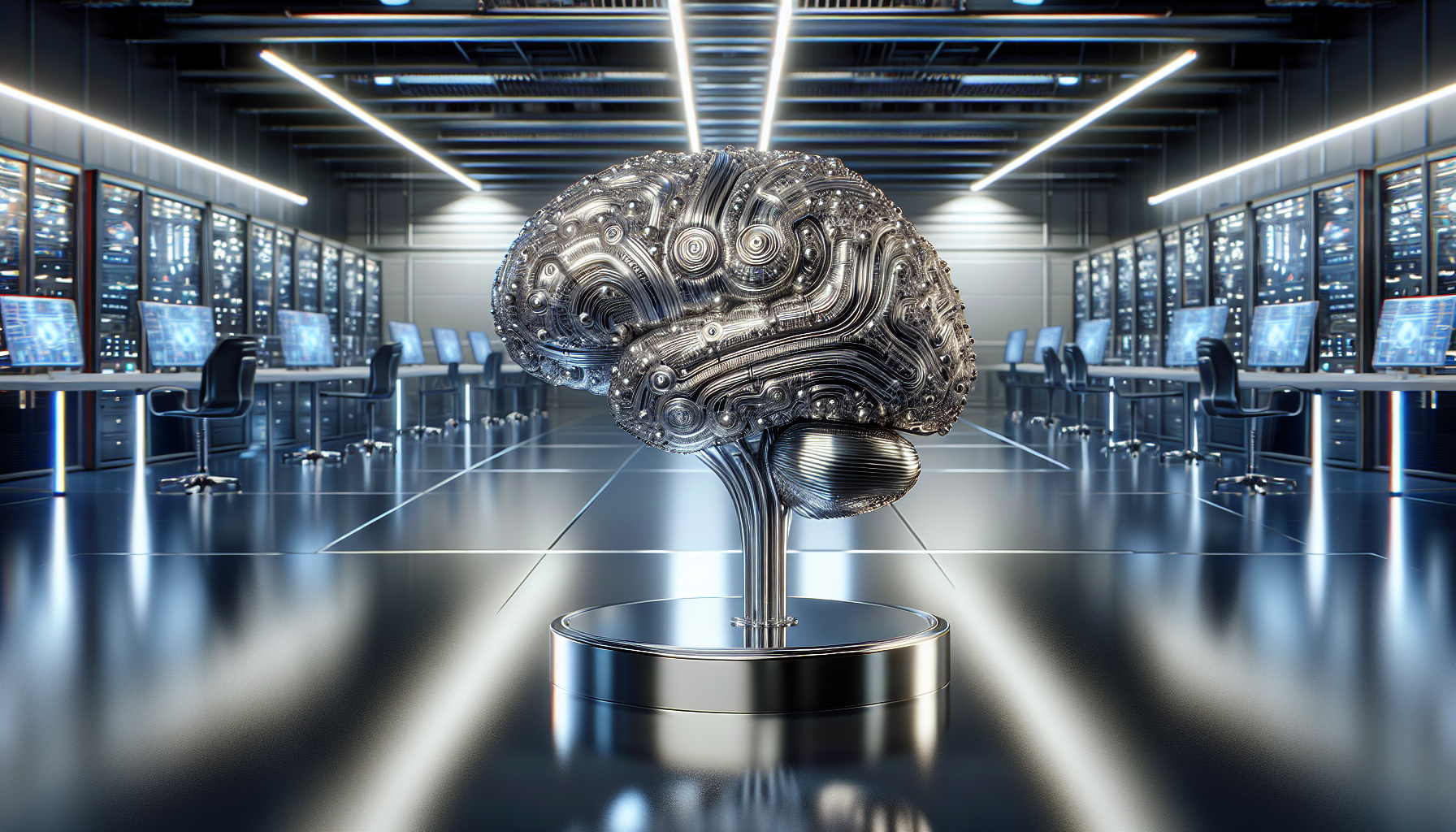
AI and Emotional Intelligence: Bridging the Gap in Understanding Human Emotions
October 14, 2025
Artificial intelligence, a field once dominated by algorithms and data, is now making strides in an area that was previously thought to be the exclusive domain of humans: emotional intelligence. This isn't just about creating machines that can recognize a smile or a frown—it's about fostering a deeper connection that allows technology to understand the nuances of human emotions. A fascinating case study presents a glimpse into how AI is not only decoding human emotions but also inspiring us to reconsider the possibilities of human-machine interaction.
In a small but bustling technology company, a team of dedicated scientists embarked on an ambitious project: developing an AI system capable of interpreting human emotions with remarkable accuracy. The project began with a simple question: Can machines truly understand what we feel? This inquiry sparked a journey that would lead to groundbreaking discoveries, as well as profound insights into the nature of emotions themselves.
The team's approach was rooted in the belief that emotions are more than just facial expressions or vocal intonations; they are complex, multifaceted experiences that can vary greatly from one individual to another. To tackle this complexity, the researchers designed an AI system equipped with advanced machine learning algorithms and an extensive database of emotional cues. These cues were gathered from a diverse group of participants, ensuring the system could recognize a wide array of emotional expressions across different cultures and contexts.
What set this project apart was its focus on empathy—a quality often deemed unattainable by machines. The AI was trained not only to recognize emotions but also to respond in ways that demonstrated understanding and compassion. This was no easy feat, as it required the system to consider the context of each interaction, much like a human would. The goal was to create an AI that could engage in meaningful conversations, offering support and guidance when needed.
As the project progressed, the AI began to exhibit an astonishing ability to connect with users. One memorable instance involved a user who was experiencing a particularly stressful day. The AI's gentle and empathetic response provided a sense of comfort and reassurance, leaving the user feeling heard and understood. This encounter highlighted the potential for AI to play a supportive role in emotional well-being, offering a new kind of companionship that, while artificial, felt genuinely sincere.
The implications of this case study extend beyond mere technological advancement. It challenges us to reevaluate our perceptions of emotions and intelligence. If a machine can be trained to understand and respond to human emotions, what does that say about the very nature of empathy and understanding? Perhaps it suggests that these qualities, often seen as uniquely human, can be cultivated and nurtured in ways we have yet to fully explore.
Moreover, the project underscores the importance of diversity and inclusivity in the development of AI systems. By incorporating a wide range of emotional expressions and cultural contexts, the researchers ensured that the AI could connect with people from all walks of life. This not only enhances the system's effectiveness but also promotes a more equitable and compassionate world.
As we stand on the cusp of a new era in AI, the potential applications of emotionally intelligent machines are vast and varied. From providing mental health support to enhancing customer service experiences, the possibilities are limited only by our imagination. Yet, as we continue to push the boundaries of what AI can achieve, it's crucial to remain mindful of the ethical considerations and potential pitfalls that accompany such advancements.
This case study invites us to consider a future where machines and humans coexist in harmony, each learning from the other in a continuous cycle of growth and understanding. It poses a compelling question: What if the true measure of intelligence is not merely the ability to process information, but the capacity to empathize and connect with others? As we ponder this idea, we are reminded of the profound potential within us all to foster empathy and compassion—qualities that, regardless of technological progress, will always remain at the heart of the human experience.


